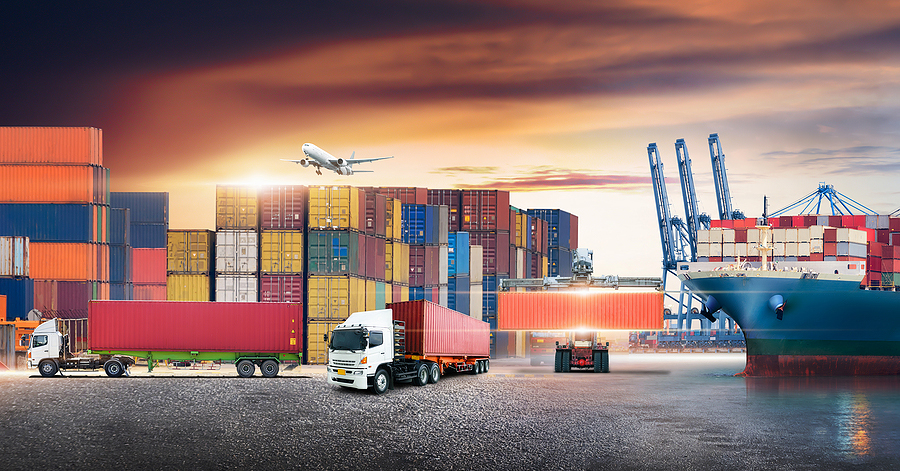No matter your industry, transportation costs are a big component of your supply chain and logistics spend. Most research suggests transportation costs represent northward of 50% of the entire budget. And these costs are typically passed onto the customer.
Because of the importance of your transportation costs, it’s always beneficial to strategize and use transportation cost reduction methods. Let’s take a closer look at a few actionable steps you can take for transportation cost recovery and transportation cost reduction.
Freight Bill Auditing for Transportation Cost Recovery
If you’re looking to lower your overall transportation costs, the first place to start is with a comprehensive freight bill audit. It’s critical to understand your freight charges aren’t the result of simple multiplication.
Instead, these charges are the result of several complex factors, and the application of these factors is complicated by the specifics and nature of each individual shipment as well as the route taken. Because of the array of factors working together simultaneously, billing errors happen. But if you don’t have a system in place to conduct recurring freight bill audits, these costly errors will go unnoticed.
When it comes to transportation cost reduction, one of the best steps you can take is to have freight bill audits for transportation cost recovery. The freight bill audit should include a thorough examination of your contracts, paper invoices, electronic invoices, bills of lading, rates, and payment information. The process can help with transportation cost recovery by spotting:
- Overpayments
- Incorrect rates
- Incorrect accessorial rates
- Misapplied freight
- Misclassification of freight
- Service failures
- And any other errors that would result in your overpayment.
The average freight bill audit program will recover up to 8% of the total amount you spend on freight. And one of the most common errors is double billing, which tends to be an issue in up to 2% of all invoices. The risk of double billings becomes more prevalent in blind shipping where more than one bill of lading exists.
Regardless of the type of billing error, it’s vital for you to know and correct the problem to reduce your transportation costs. The only way to efficiently spot this problem every time is with recurring freight bill audit. When you do the math, you can easily see how a freight bill audit is one of the most powerful transportation cost recovery tools and the key to transportation cost reduction.
Transportation Cost Reduction via Shipment Consolidation
If you use carriers for your deliveries, the rate you pay per trip is based on distance, weight, and other variables. One transportation cost reduction strategy is to consolidate shipments, so fewer trips are made, which can reduce your overall shipping rates.
When you consolidate shipments, it means that you’ll be moving away from less-than-truckload (LTL) shipments to entire truckload (TL) shipments. While this is not always an option, you may be able to create efficiencies and savings by capitalizing on the discounts usually offered for larger shipments.
Transportation Cost Reduction via Fewer Carrier
In most instances, a transportation manager will spend time searching for the best carrier who will offer the best price. However, this commonly leads to the use of several carriers. This approach is relatively typical when transport managers negotiate excellent pricing for each route but fail to step back and take a look at the big picture of transportation cost reduction.
Similar to the way a company would consolidate vendors to achieve better prices with higher volume, transportation managers can use the same strategy when it comes to the number of different carriers used. By scaling back on the number of carriers, the volume of work offered to the remaining carriers will increase.
Because of the increase in volume, you may be able to negotiate lower rates across all of your routes. You may find better rates on some routes and not-so-good rates on others — but your net rate should be lower.
As with any strategy, there are risks. Particularly, this strategy opens the door to risk associated with you becoming extremely dependent on a select number of carriers. For instance, if you pare it down to five carriers and one of those goes out of business, you would need to quickly allocate the remaining routes among the other four.
Is Warehousing an Option?
If you are shipping a significant amount of products from Point A to Point B, particularly over a long distance, it may behoove you to consider warehousing products closer to your customer. This could help lower your transportation costs. However, you should ensure the financial benefits are there. In other words, the shipping costs would need to be more than the cost of warehousing.
Contact Trans Audit for Transportation Cost Reduction
As leaders in the art of transportation cost reduction, Trans Audit has helped businesses across virtually all industries for more than four decades. Backed by state-of-the-art technology, our team of highly-skilled professionals will work to accurately and thoroughly audit transportation costs.
We will work directly with your freight bill payment firms and carriers to collect the data we need to negotiate and ascertain refunds. Our goal is to function as an extended arm of your business to create efficiencies within your supply chain and positively impact your bottom line.
Contact Trans Audit today to learn more about how we can help.





